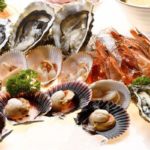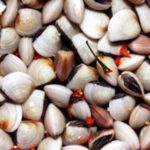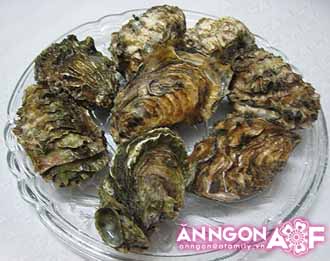 |
Choose to buy fresh oysters, mouth shut. With slightly open oysters, if you touch it lightly and it closes its mouth, it’s fresh oysters, but if the oyster’s mouth cannot close, you should not buy it. |
 |
Because the oyster shell is rough, there will be a lot of sediment and sand sticking in the gaps, you need to rinse the oyster thoroughly under running water to remove all the sand and dirt. |
 |
Prepare a cutting board and a sharp-pointed knife to separate the oyster. |
 |
Observe the closing line of the two edges of the oyster shell. |
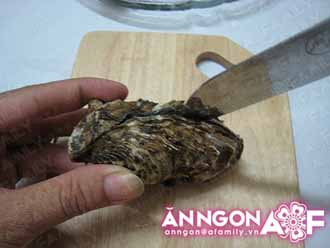 |
Use the sharp point of the knife to gently pry into the middle of this edge line. |
 |
Then hold tight with one hand, hold the knife handle firmly down to the oyster edge. |
 |
When the sharp tip of the knife has sunk a bit into the inside of the oyster, you just need to gently rotate the knife blade and the oyster shell will open easily. |
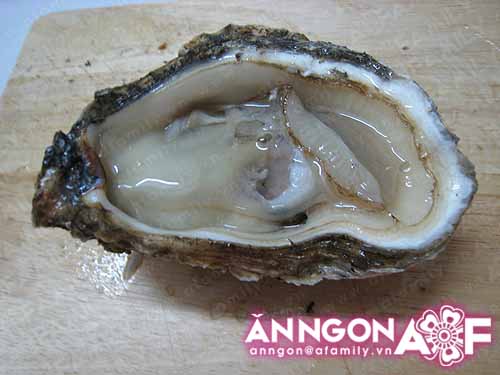
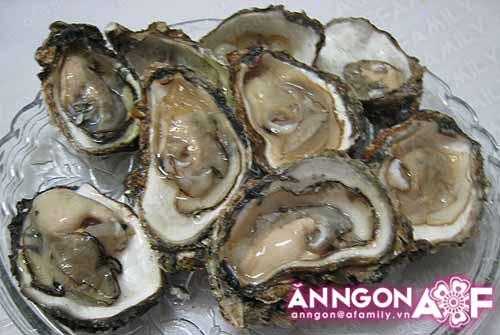
How to Choose Fresh Seafood: Important Cabinet Tips
In recent years, concerns have been raised over the practice of injecting urea and chemicals into seafood, making it difficult to find safe and fresh options. To help, DienmayXANH.com offers some tips on how to select the best seafood available. Seafood is a rich, delicious, and nutritious source of food, and this advice will help ensure you make the most of it.

























